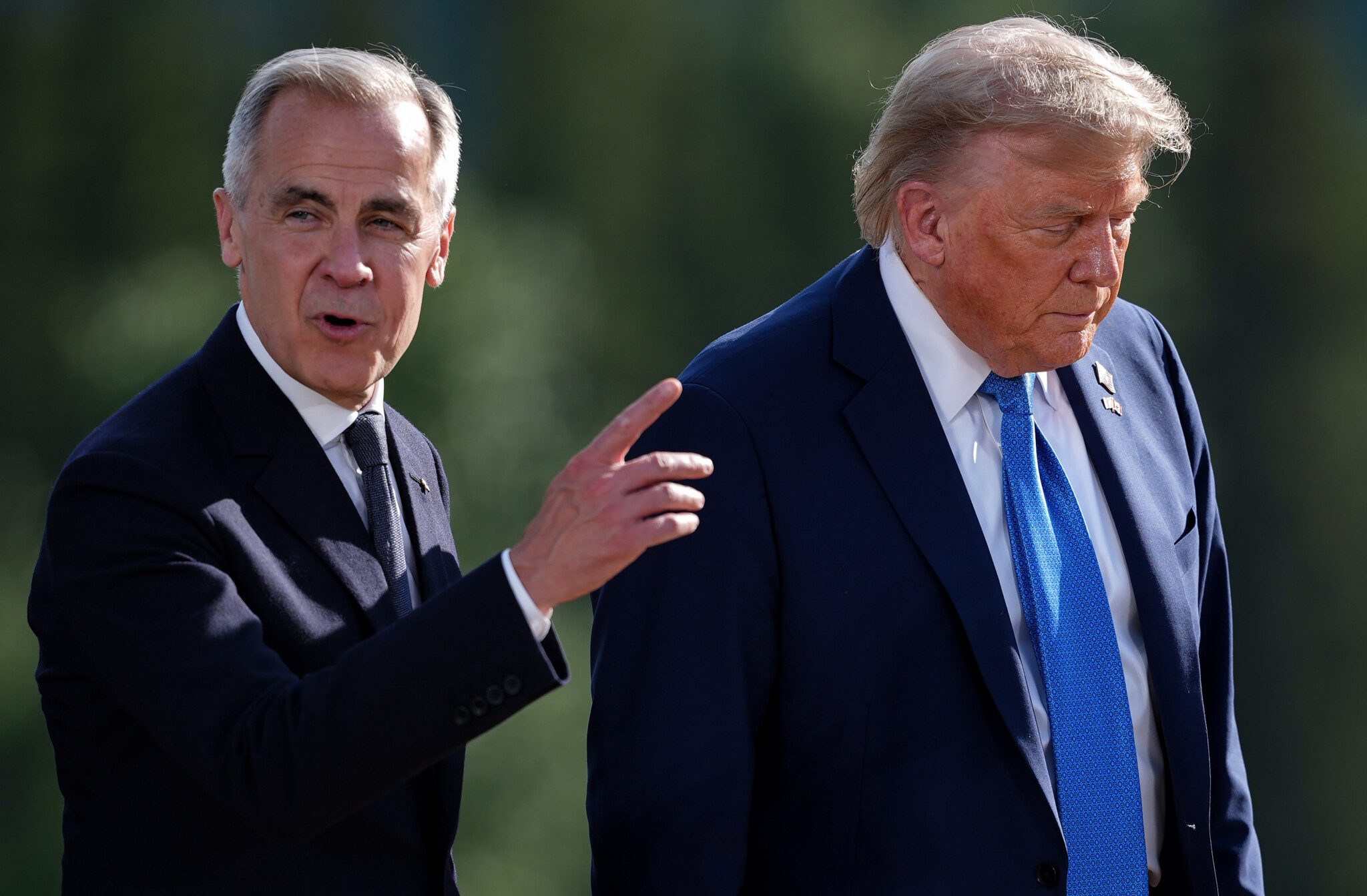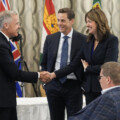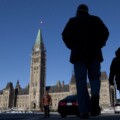Prime Minister Mark Carney’s recent comments that an eventual Canada-U.S. trade deal will likely involve some ongoing U.S. tariffs are more than an exercise in issues management. They were an admission: the era of continental free trade as we’ve known it is over. NAFTA is dead.
For more than a generation, free trade between the two countries was a given. Supply chains integrated seamlessly, businesses operated across borders without hesitation, and political debates about tariffs faded into the background. We essentially had borderless trade between the two countries in which markets, rather than politicians, ruled the flow of goods and capital and the geographic distribution of production.
Trump’s imposition of tariffs put this vision of free trade at risk. Carney’s acknowledgement that a new agreement is likely to preserve some tariffs is a sign that it’s finished. We’re entering a new era of managed trade where politics, rather than pure market efficiency, will influence these decisions.
The Hub anticipated this eventuality. It seemed clear early on that the Trump administration’s approach to trade wasn’t a temporary disruption—it’s a permanent shift in U.S. trade policy and, in turn, Canada’s access to the American market. The only outstanding question is the form and magnitude of the tariffs. Will they apply on a sectoral basis (targeting industries like steel, aluminum, or autos) or as a uniform levy across all goods? Either way, the result is the same: a harder border and a less competitive Canada.
At this point, it’s probably not worth spending too much time on the president’s motives. It’s presumably some combination of industrial re-shoring, revenue demand, and his own predisposition to tariffs. Whatever is causing him to abandon free trade in favour of ongoing tariffs, the costs are bound to be high.
The short-term cost may be political for Prime Minister Carney and his government. He was elected in large part on the basis that he was best positioned to secure a good deal for Canada. If he comes away from the negotiations having made concessions in exchange for a subpar agreement, he’s bound to face criticism. The Conservatives will undoubtedly seize on this gap between campaign promises and outcomes as a failure of leadership.
Beyond the politics, though, the long-term economic consequences are profound. Tariffs reintroduce friction into supply chains, forcing businesses to reassess decades of investment decisions. Key sectors like autos, forestry, and steel will face higher costs and disrupted operations.
A combination of the Trump-induced uncertainty and sweeping tax cuts in the U.S. is bound to exacerbate these economic dynamics. For years, our proximity to the U.S. market offset higher taxes and regulatory burdens. Now, with tariffs layering on additional costs, that advantage is slipping away. The result? A slower economy, fewer jobs, and a diminished role in North American production.
So, where does Canada go from here? First, we must abandon the illusion that a return to the status quo is possible. The Trump administration is essentially returning Canada-U.S. free trade to a pre-NAFTA era and possibly back even further. The Carney government’s task is ostensibly to mitigate the damage, including minimizing tariff rates and securing exemptions for key sectors.
Second, we need to prepare for the risk of capital and production flight as companies seek to jump over the U.S. tariff wall and avail themselves of its favourable tax environment. Although the Carney government faces difficult fiscal challenges, it probably needs to do something significant on corporate taxes and the treatment of capital. For example, Andrew Coyne’s recent proposal for a fundamental rethink of how businesses are taxed is worth considering.
The key, though, is to recognize that the prime minister’s comments this week were a watershed. They acknowledged what The Hub has long argued: the golden age of free trade is over. What comes next will test the resilience of Canada’s economy and the ambitions of Canadian policymakers.
The challenge isn’t just to survive Trump’s tariffs but to adapt to a world where investment and trade must be fought for. We must be prepared to compete. That means putting our economic competitiveness into our own hands—through bold policy choices and a renewed commitment to growth. If we can no longer count on special access to the U.S. market, we must make Canada the best place to invest, build, and hire. No one else is going to do it for us.
Generative AI assisted in the creation of this article.









